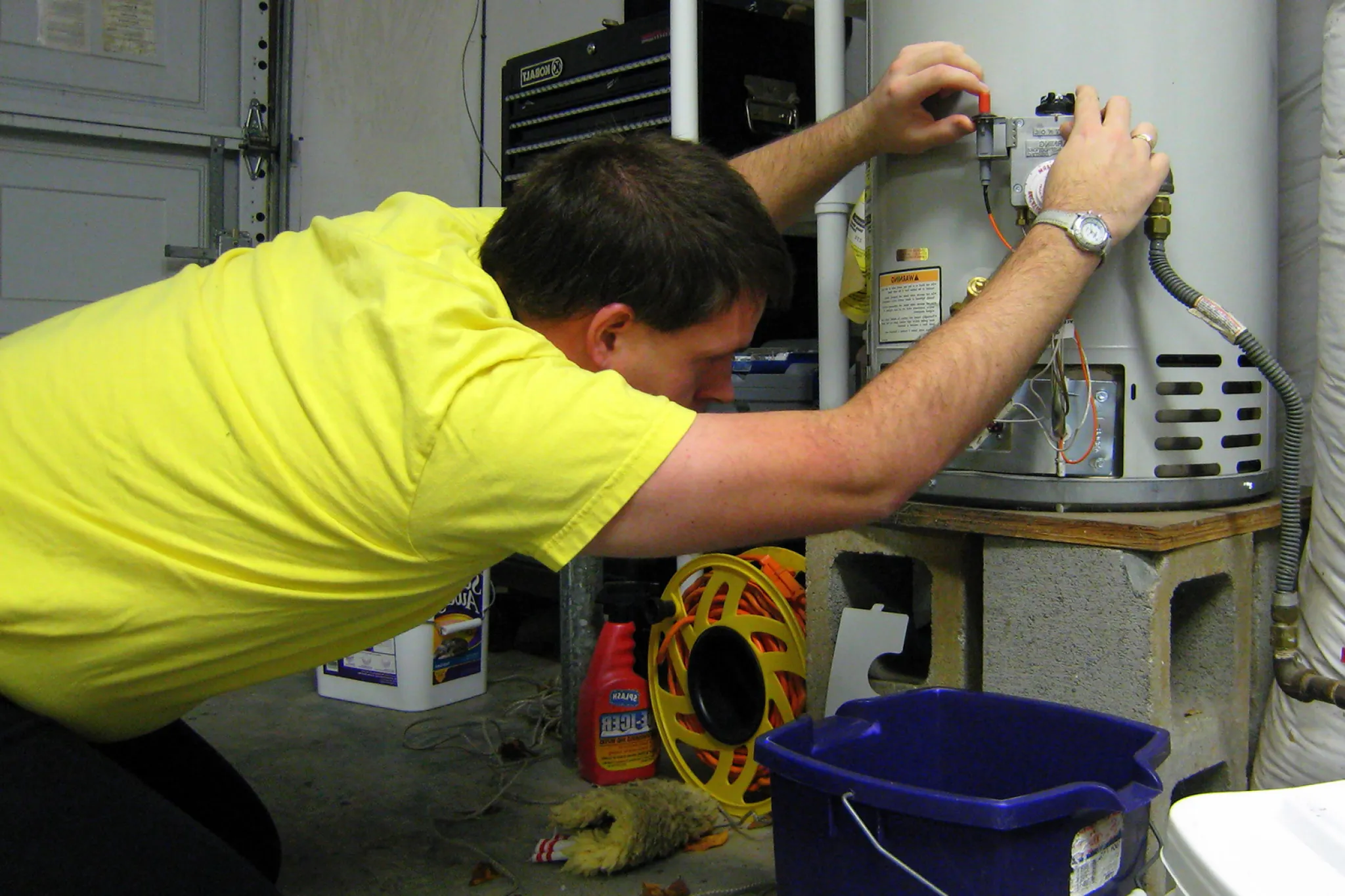Step-by-Step Guide to Maintaining Your Home's Hot Water SystemEssential Tips on Maintaining Your Home's Hot Water System
Step-by-Step Guide to Maintaining Your Home's Hot Water SystemEssential Tips on Maintaining Your Home's Hot Water System
Blog Article
Just how do you feel with regards to How to Maintain a Hot Water Heater in a Few Simple Steps?

Warm water is essential for everyday convenience, whether it's for a refreshing shower or washing recipes. To ensure your warm water system runs efficiently and lasts much longer, regular upkeep is essential. This write-up provides sensible suggestions and understandings on exactly how to keep your home's warm water system to prevent disturbances and expensive repairs.
Introduction
Keeping your home's hot water system may seem overwhelming, but with a couple of straightforward steps, you can guarantee it operates efficiently for many years ahead. This guide covers whatever from recognizing your hot water system to DIY maintenance pointers and understanding when to call professional aid.
Relevance of Maintaining Your Warm Water System
Normal maintenance not just expands the lifespan of your warm water system yet also guarantees it runs efficiently. Disregarding maintenance can result in lowered performance, greater energy costs, and even early failure of the system.
Indications Your Warm Water System Requirements Upkeep
Knowing when your warm water system requires interest can stop major issues. Watch out for indicators such as inconsistent water temperature, weird noises from the heating system, or rusty water.
Comprehending Your Warm Water System
Before diving into upkeep jobs, it's helpful to understand the fundamental elements of your warm water system. Commonly, this consists of the hot water heater itself, pipelines, anode poles, and temperature level controls.
Month-to-month Maintenance Tasks
Normal month-to-month checks can aid catch minor problems before they intensify.
Flushing the Hot Water Heater
Purging your hot water heater gets rid of debris build-up, improving efficiency and prolonging its life.
Checking and Replacing Anode Rods
Anode rods prevent corrosion inside the tank. Examining and replacing them when worn is important.
Examining and Changing Temperature Settings
Adjusting the temperature settings ensures optimal performance and safety.
DIY Tips for Upkeep
You can execute numerous upkeep jobs on your own to maintain your warm water system in top condition.
Checking for Leaks
Routinely check pipelines and links for leakages, as these can cause water damages and higher bills.
Testing Stress Relief Valves
Evaluating the stress safety valve ensures it functions correctly and prevents extreme pressure buildup.
Shielding Pipelines
Protecting hot water pipes minimizes heat loss and can save power.
When to Call an Expert
While DIY upkeep is helpful, some problems need specialist know-how.
Complex Concerns Calling For Professional Assistance
Examples consist of significant leaks, electric troubles, or if your water heater is consistently underperforming.
Regular Professional Upkeep Perks
Specialist upkeep can include detailed evaluations, tune-ups, and ensuring conformity with security standards.
Final thought
Normal maintenance of your home's warm water system is necessary for effectiveness, longevity, and expense savings. By adhering to these ideas and knowing when to seek professional aid, you can guarantee a reliable supply of hot water without unanticipated disturbances.
How to Maintain an Instant Hot Water Heater
Before tinkering with your hot water heater, make sure that it’s not powered on. You also have to turn off the main circuit breaker and shut off the main gas line to prevent accidents. Also turn off the water valves connected to your unit to prevent water from flowing into and out of the appliance. 2. When you’re done, you have to detach the purge valves’ caps. These look like the letter “T” and are situated on either side of the water valves. Doing so will release any pressure that has accumulated inside the valves while at the same time avoid hot water from shooting out and burning your skin. 3. When the purge valves’ caps are removed, you have to connect your hosing lines to the valves. Your unit should have come with three hoses but if it didn’t, you can purchase these things from any hardware or home repair shops. You can also get them from retail stores that sell water heating systems. Read the user’s manual and follow it to complete this task properly. When the hosing lines are connected, open the purge port’s valves. 4. You should never use harsh chemical cleaners or solutions when cleaning your unit. Make use of white vinegar instead. It should be undiluted and you’ll probably use about 2 gallons. 5. Now flush your water heater. This task should probably take about 40 minutes. We can’t give you specific directions for this because the procedure is carried out depending on the type, model and brand of your heater. With that being said, refer to the user’s manual. 6. When you’re done draining the unit, you have to turn off the purge port valves again. Remove the hosing lines that you earlier installed on each of the water valves. Put the valve caps (purge port) back in their respective places and be very careful so as not to damage the rubber discs that are found inside these caps. 7. Now that everything’s back in place, check your user’s manual again to find out how to reactivate your water heating system. 8. Once it is working, turn one of your hot water faucets on just to let air pass through the heater’s water supply pipes. Leave the tap on until water flows smoothly out of it. https://www.orrplumbing.com/blog/2014/september/how-to-maintain-an-instant-hot-water-heater/

We were made aware of that write-up on How to Maintain a Hot Water Heater in a Few Simple Steps through a friend on our other blog. Do you know about somebody else who is interested in the niche? Take a moment to promote it. Bless you for your time. Revisit us soon.
Go Deal Report this page